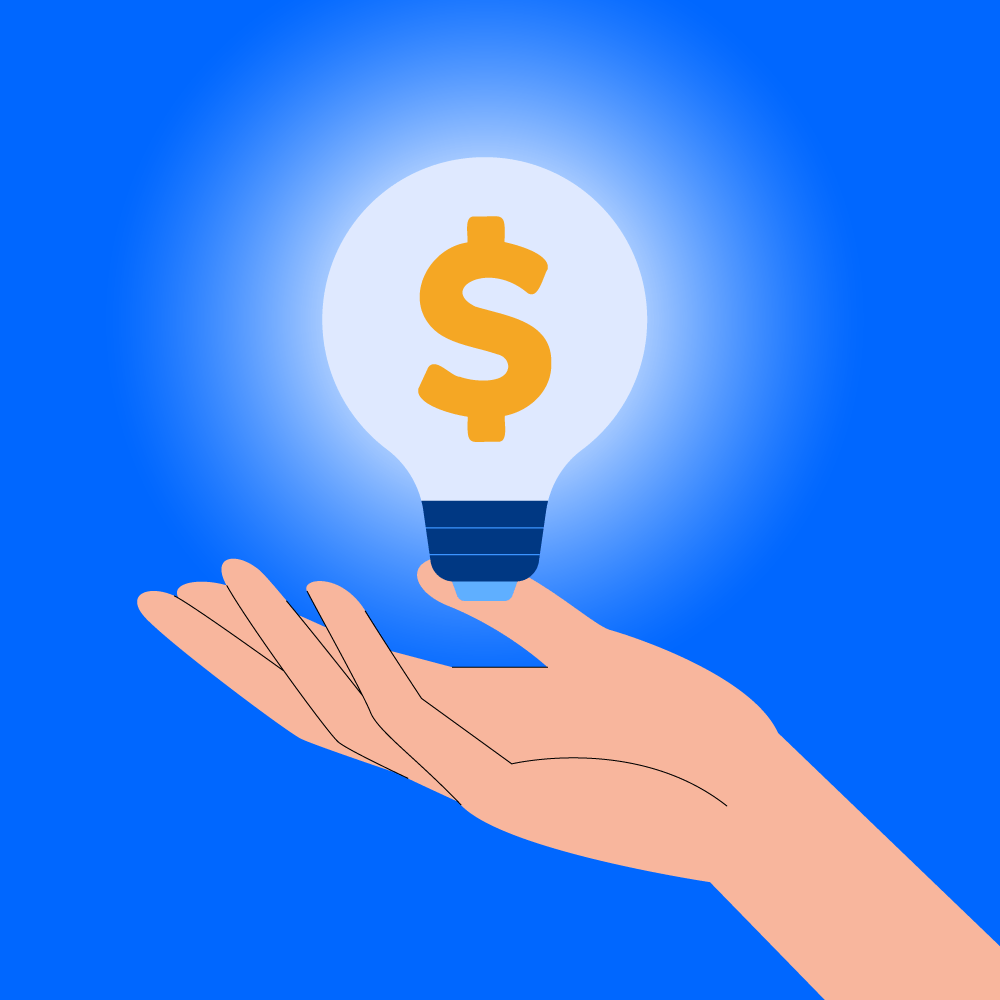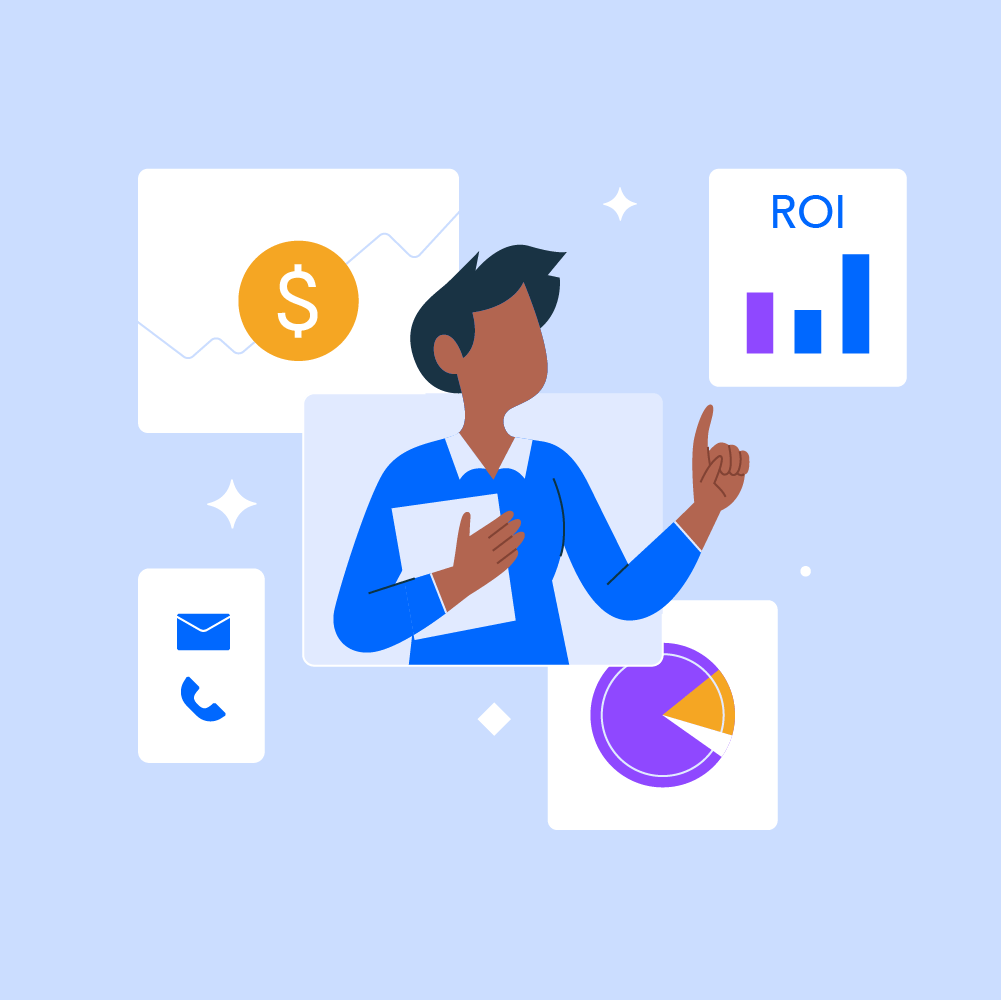The Crunchbase “Female Founder Series,” is a series of stories, Q&As, and thought-leadership pieces from glass-ceiling-smashers who overcame the odds, raised funding, and are now leading successful companies.
Tara and her 12-year old rescue mix, Sammy.
Tara Zedayko, Co-Founder and CEO of DIG Labs, is creating revolutionary new technology to assess pet health in real time.
A scientist turned general manager, Tara spent over 14 years at the forefront of cross-functional healthcare, building disruptive innovations in everything from biomedical nanotechnology to consumer packaged goods. She and co-founder Jessica Chu started DIG Labs in 2019 to take the guesswork out of pet healthcare through patent-pending tech-enabled insights and personalized solutions.
We asked Tara about how her company is transforming pet health, her approach to growth and branding, and the lessons she’s learned in transitioning from a large company to bootstrapping her own startup.
Q: What problem does your company solve, and what are some of the most meaningful impacts you have had to date?
A: Our pets are perpetual infants. Unlike human infants, however, pets never grow up to be able to tell us what’s wrong. Many suffer in silence until an emergency pops up. Then, as pet parents, we are forced to react and rarely get to address the underlying cause. DIG Labs has created patent-pending technology that can assess pet health in real time, at home, and developed personalized solutions, like supplements, to address a pet’s unique situation.
Q: In what ways do you think differently about your industry than others do?
A: Armed with over 14 years of human healthcare experience, we are approaching the problem by bridging the gap between human and pet healthcare. We give our four-legged friends the quality of care they deserve — health insights and solutions powered by at-home, digital technology.
Q: What was the best piece of fundraising advice you got?
A: At this early stage, getting to “no” quickly can be more important than getting to “yes” — since time is so limited, quickly assess whether the potential investor really gets what you’re trying to do — if it’s taking too much convincing, get to “no” and move on. Incorporate feedback as you go, including how to strengthen the narrative.
Q: What was one unexpected hurdle or challenge you faced when getting started?
A: Our first idea involved laboratory-based assessments to provide personalized recommendations. That idea failed quickly — lab tests were expensive, time consuming, and only one snapshot in time. It was not a viable business model. If we hadn’t tried and failed, though, we wouldn’t have come up with our big idea: enabling real-time health tracking at home.
Q: How important have you found branding to be for the success of your company? What are the most important branding lessons you’ve learned along the way?
A: Based on where we are in the journey, while branding from a creative design and advertising standpoint is important, what is more important is showing customers that we understand their needs, are delivering a solution that is perfect for them, and that we are willing to listen and implement feedback. As former brand builders, we can’t wait to revisit our brand world at the right time, however, in the spirit of moving quickly to test/learn/iterate, we adopted a good-enough-go approach on the look and feel, and instead spent a ton of time on creating the ideal product and experience. We are happy that we did. The opportunity cost of spending another few weeks on the other aspects vs. being in the market and testing our proposition would not have paid off.
Q: How have you grown as a leader since starting your company?
A: My biggest area of growth has been around ruthless prioritization. In the beginning, with only two co-founders and an extremely limited bootstrapped budget, it was critical to create and live into a sprint mindset; focus our time and energy on that particular sprint, and align on what just wasn’t going to get done. By creating and living into this framework, we accomplished so much more in a short amount of time than if we had spread ourselves out across several activities in parallel. With a time-bound deadline, it forced us to make decisions and keep moving.
Q: What is one challenge you have faced as a female founder? What advice would you give to other entrepreneurs in a similar situation?
A: The life of a founder, especially a female founder, can be extremely lonely and isolating at times. I had left a very stable job at a large company, which had a strong corporate culture and community. While I still keep in touch with many folks, I am no longer a direct part of that culture, and while I strive to create that culture here at my company, we are a small, nimble, remote team spread across several time zones, exacerbated by COVID-related social distancing.
I strongly encourage other female founders to proactively find networks and groups that support female founders, like Dreamers & Doers. Beyond providing professional opportunities, it is just nice to connect with others who are in a similar part of the journey, or mentors that can empathize and provide support.
Q: What advice would you give someone starting out on the journey you’re on?
A: Believe in yourself — you know more than you give yourself credit for.
Dreamers & Doers is a private collective which amplifies the entrepreneurial pursuits of extraordinary womxn through high-impact resources, community and mutual support. It is supported by a global ecosystem of 30,000 womxn. Learn more about Dreamers & Doers and sign up for their monthly carefully curated list of top career and entrepreneurial resources.
You can find more stories from incredible female leaders in the Crunchbase “Female Founder Series,” a series of stories, Q&As, and thought-leadership pieces from female founders who overcame the odds, raised funding, and are now leading successful companies.





